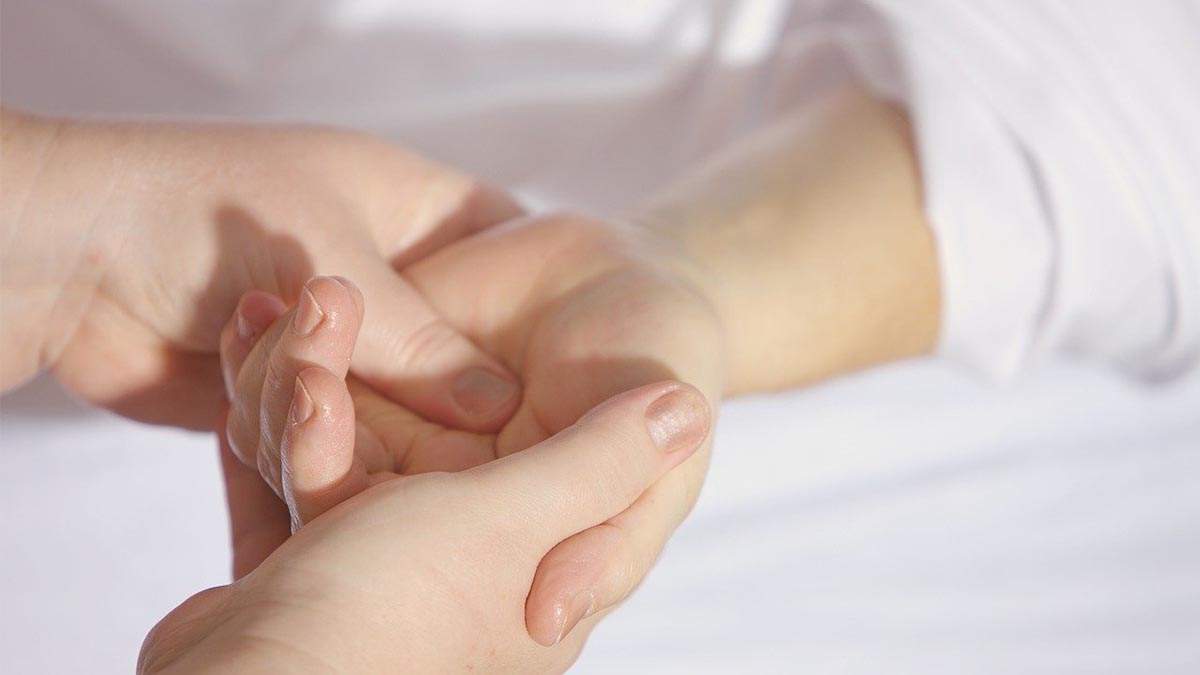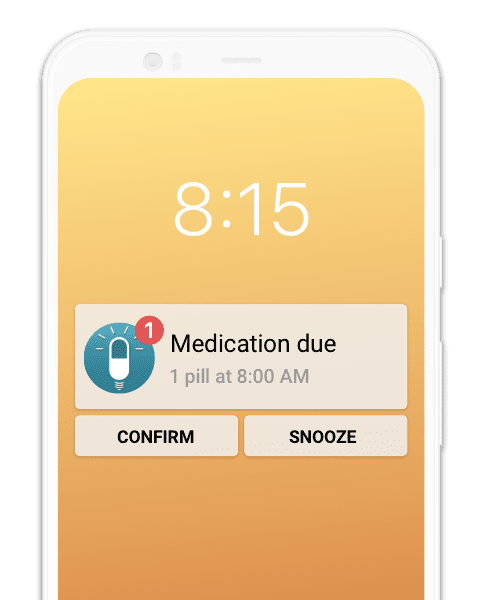HIV is a virus that damages the cells in your immune system. Individuals who are HIV-positive are more vulnerable to infections such as skin conditions and skin rashes. A skin rash is a common symptom of HIV that typically occurs within the first two months after contracting the virus. There are several symptoms of the rash, which you can find out more about in this article.
What is HIV?
HIV (human immunodeficiency virus) is a virus that damages the cells in your immune system. It is a virus that attacks cells that aid the body's fight against infection, making a person more vulnerable to infections and diseases. It is spread by contact with certain bodily fluids of a person with HIV, most commonly during unprotected sex (sex without a condom or without taking HIV medicine to prevent transmission of HIV), or through sharing drug-injection equipment.
There's currently no cure for HIV, but there are very effective drug treatments that enable most people with the virus to live a long and healthy life. HIV is treated with antiretroviral medicines, which work by stopping the virus from replicating in the body.
HIV rash symptom
Individuals with HIV can encounter a rash caused by acute HIV disease (the early phase of infection) and certain medications which are utilized for HIV treatment.
The early stage of an HIV infection is known as a primary infection or acute HIV. This stage can be accompanied by several side effects, including a skin rash. Individuals may start to show early indications of HIV approximately 2-4 weeks after contracting the disease. These symptoms and signs can last up to 14 days while the body attempts to battle the infection. For many individuals, it may be one of the first signs of infection.
Skin rashes and various skin conditions are common in people with HIV. These skin conditions, including thrush, and herpes, are produced by germs that take advantage and thrive in the weakened immune system. Hence, these infections are called "opportunistic".
What does it look like?
The rash presents as irritated skin that is often said to be itchy, red, and painful. It most commonly appears on the arms, legs, face and abdomen (also referred to as the belly). It can be red or purple, itchy and sometimes even painful. Other HIV-related skin changes include:
- Bumpy skin
- Blotches on and under the skin
- White spots in the throat, in the mouth, or on the tongue
Rash due to HIV medication
Some HIV medications can cause a rash. Due to the disease’s damaging effect on the immune system, it puts individuals at risk of infection. A rash due to an HIV medicine is in most cases not serious and goes away in several days to weeks without any specific treatment. Most rashes show up within the first four to six weeks after a new drug is started.
Usually, the rash is mild, and it disappears on its own. However, in some cases the rash can be more severe and a sign of an allergic reaction to the drug, also known as a hypersensitivity reaction. If you suspect an allergic reaction, inform your doctor or pharmacist immediately.
Regarding HIV medication, individuals may develop a rash when they start taking antiretroviral therapy, most commonly if their combination contains certain protease inhibitors or non-nucleoside analogues (non-nukes).
Another HIV medication, the protease inhibitor atazanavir (Reyataz), can also cause a mild rash during the first two months of use in people with HIV, but generally the rash should disappear within a few weeks of being on the medication as your body adjusts.
Disclaimer: This content is provided for informational purposes only. If you have any questions or concerns about symptoms, you should talk to your doctor, pharmacist, or healthcare professional.
Rash treatments
Due to the advancement of viral replication control, skin complications that occur due to HIV have become increasingly more treatable. The most common form of treatment to heal an HIV rash is medication. Medication can differ depending on the cause of the rash. The most common treatments include hydrocortisone cream or diphenhydramine (Benadryl), which are over-the-counter drugs. Both medications may be useful for reducing itchiness, redness and rash size. More serious rashes may require prescription medication from a doctor. See your doctor if you are experiencing severe mouth ulcers, fever, and painful sores.
Some non-medication treatments include:
- Using mild soaps and creams (avoid soaps with fragrance and dye as these can be allergens)
- Regularly use moisturizer (petroleum jelly can help relieve discomfort caused by rashes)
- Wear light, breathable fabrics which don’t irritate the skin (such as cotton)
Other HIV symptoms
- Fever
- Rash
- Night sweats
- Fatigue
- Sore throat
- Headaches
- Muscle aches
- Diarrhoea
Some people notice flu-like symptoms 1-4 weeks after they're first infected. They often only last up to two weeks. This stage is called acute or primary HIV infection.
If you are experiencing any of these symptoms, ensure you speak with a medical professional.



